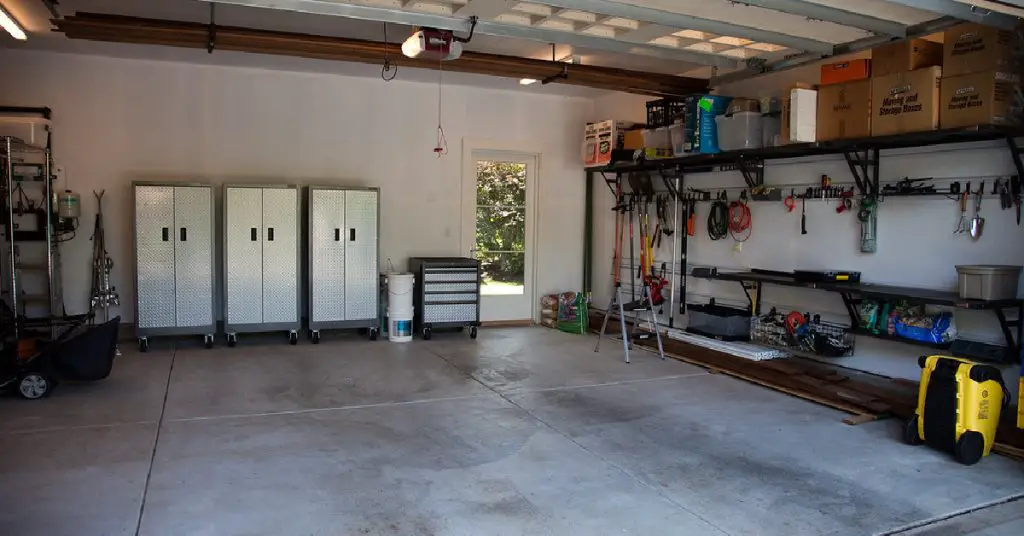Garages are often used to store tools, equipment, and outdoor gear, but they can quickly become cluttered and disorganized. With limited space, it can be challenging to find an efficient storage solution for everything, including coolers. Coolers are bulky and take up valuable floor space, making it difficult to navigate around them. Fortunately, there are several tips and tricks for maximizing garage space and organizing coolers to make the most of your storage area. In this blog, we will discuss different types of coolers, garage storage systems, DIY solutions, and environmental factors to consider when storing coolers in the garage.
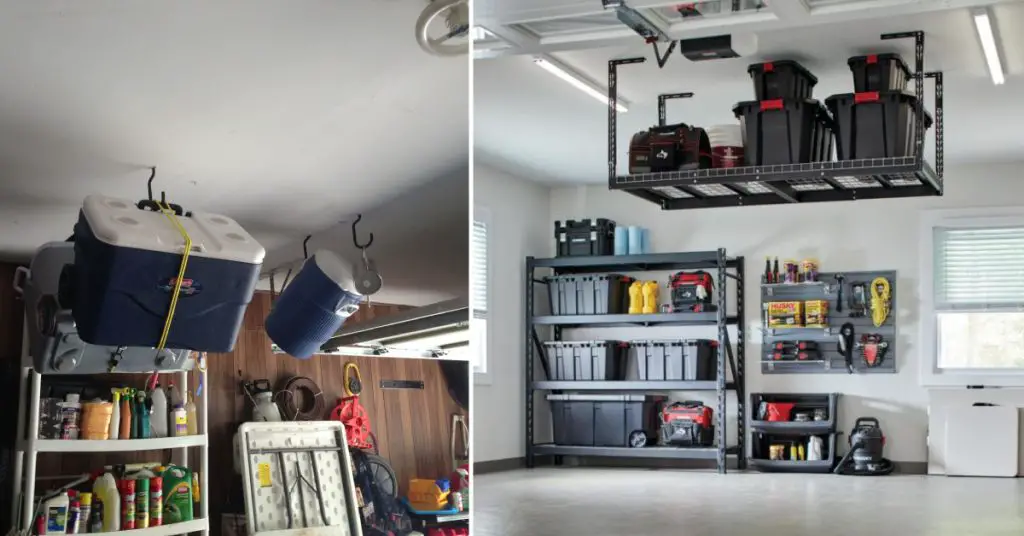
We will also provide a list of items that should not be stored in the garage and specific tips for maximizing garage space. Whether you are an avid outdoors person or just looking for ways to declutter your garage, this guide will provide valuable insights on how to store coolers in garage.
3 Types of Coolers
There are several different types of coolers available, including hard-sided coolers, soft-sided coolers, and electric coolers.
Hard-sided Coolers
Hard-sided coolers are made of heavy-duty materials like plastic, metal, or fibreglass, and are well-insulated to keep contents cold for extended periods. They are typically more durable and can withstand rough handling, making them ideal for outdoor activities like camping, fishing, and hunting.
Soft-sided Coolers
Soft-sided coolers, on the other hand, are made of lightweight, flexible materials like nylon, polyester, or canvas. They are easier to carry and store than hard-sided coolers, but they have less insulation and may not keep food and drinks cold as long. Soft-sided coolers are ideal for short trips or for carrying small quantities of food and drinks.
Electric Coolers
Electric coolers use thermoelectric technology to cool contents and are ideal for long road trips or camping trips. They are powered by an AC adapter or DC outlet in your car and can keep contents cool for extended periods. Electric coolers are typically more expensive than other types of coolers but offer added convenience and versatility.
When it comes to storing coolers in the garage, the type of cooler you have will determine the best storage solution. Hard-sided coolers are heavier and bulkier, so they require more space and sturdy shelving or hooks for storage. Soft-sided coolers are more compact and can be easily hung on hooks or stored in bins. Electric coolers should be stored in a cool, dry place and plugged in only when in use.
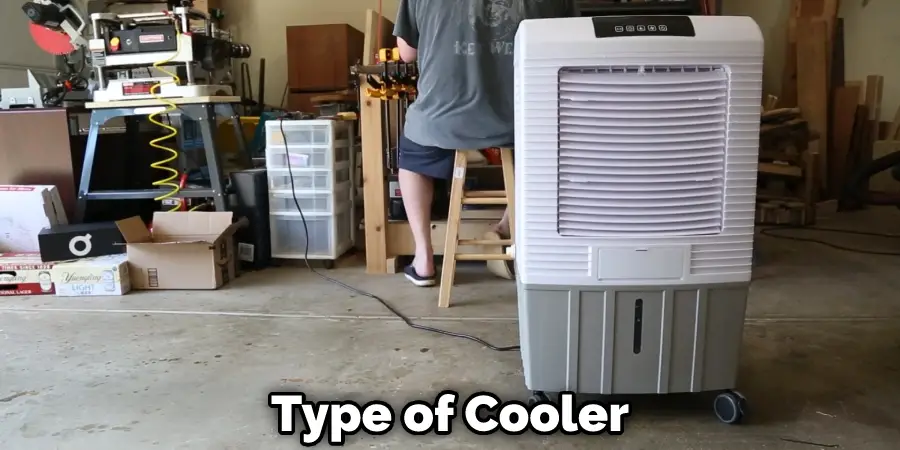
5 Easy Step-by-Step Guide for How to Store Coolers in Garage
Storing coolers in the garage can be a great way to free up space in your home while keeping them easily accessible. Here is a step-by-step guide to help you store coolers in your garage:
Step 1: Assess Your Garage Space
Before you start storing your coolers in the garage, take a moment to assess your available space. This will help you determine the best location and storage options for your coolers. Consider the size and number of coolers you need to store and identify areas in your garage where they can fit.
Step 2: Choose Your Storage Solution
Once you have assessed your space, you can choose a storage solution that works for you. There are several options available, such as:
- Garage shelves: Installing shelves in your garage can be a great way to store coolers.
- Overhead storage: If you have limited floor space, you can consider installing overhead storage.
- Wall hooks: You can also use wall hooks to hang coolers from your garage walls.
Step 3: Prepare Your Coolers
Before storing your coolers in the garage, it’s important to prepare them. Remove any items from inside the coolers and give them a good cleaning. Make sure they are completely dry before storing them.
Step 4: Store Your Coolers
Once you have chosen your storage solution and prepared your coolers, it’s time to store them in the garage. Place them on shelves, hang them on wall hooks, or store them in overhead storage. Make sure they are easily accessible and not obstructing any pathways.
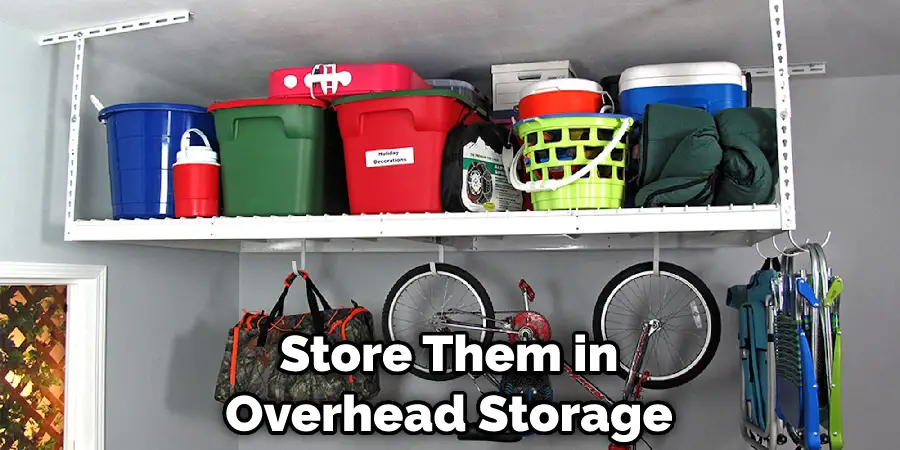
Step 5: Consider Climate Control
If you live in an area with extreme temperatures, consider implementing climate control measures in your garage. This can help protect your coolers from damage due to extreme heat or cold. You can install a garage ventilation system or use a dehumidifier to regulate temperature and humidity.
By following these steps, you can easily and efficiently store your coolers in your garage.
You Can Check It Out to Store Lawn Mower in Garage
Garage Storage Systems
Garage storage systems are an excellent way to maximize space and keep your garage organized. There are several options available, from wall-mounted shelving to overhead storage racks. One of the most popular garage storage systems is the Rubbermaid FastTrack system, which includes rails, hooks, and accessories for hanging everything from ladders to coolers.
Wall-mounted shelving is an excellent option for storing coolers and other large items off the floor. You can customize the height and width of the shelves to fit your needs, and they are easy to install. Additionally, some shelving systems come with hooks for hanging smaller items like tools or bags.
Overhead storage racks are another popular option for storing coolers in the garage. These racks are suspended from the ceiling and can hold heavy items like coolers and boxes. They are ideal for maximizing vertical space and keeping items off the floor.
When choosing a garage storage system, it is essential to consider your needs and the available space. If you have limited floor space, wall-mounted shelving or overhead storage racks may be the best options. If you have a larger garage, a combination of storage systems may work best. Overall, garage storage systems are an excellent way to keep your garage organized and maximize space.
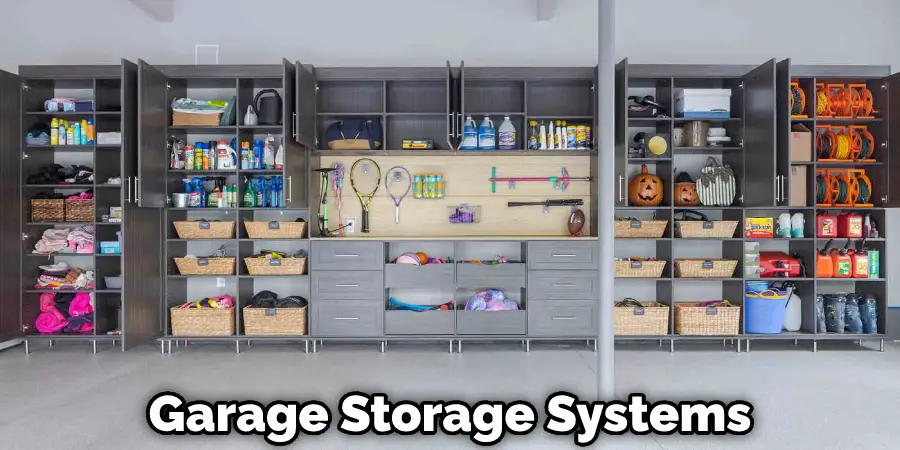
DIY Garage Storage Solutions
If you are looking for a cost-effective way to store coolers in the garage, there are several DIY solutions available. Here are a few ideas:
- Freestanding shelving unit: A freestanding shelving unit is an excellent way to store coolers and other large items. You can customize the height and width of the shelves to fit your needs, and they can be easily moved if needed.
- Wooden shelves: Wooden shelves are another easy DIY solution for storing coolers in the garage. You can use scrap wood or purchase pre-cut boards from a home improvement store. Attach the boards to the wall using brackets or create a freestanding unit.
- Hooks and bins: Hooks and bins are an easy way to store small to medium-sized coolers. You can hang hooks from the ceiling or wall and store coolers in bins underneath.
- Pegboard: Pegboard is a versatile storage solution that can be customized to fit your needs. You can hang hooks or shelves from the pegboard and store coolers and other items on them.
When it comes to DIY garage storage solutions, the possibilities are endless. It is essential to consider your specific needs and available space when choosing a solution. DIY solutions can be cost-effective and easy to install, making them a great option for anyone looking to declutter their garage.
Garage Environment
The garage environment is an important factor to consider when storing coolers. Here are some things to keep in mind:
- Temperature: Extreme temperatures can affect the insulation of your cooler and make it less effective at keeping contents cold. It is best to store coolers in a cool, dry place, away from direct sunlight and heat sources.
- Humidity: High humidity levels can cause condensation to form inside your cooler, leading to mould and mildew growth. To reduce humidity levels in the garage, you can use a dehumidifier or increase air flow with a fan.
- Air-tightness: It is important to seal your garage door and windows to make your garage as air-tight and water-tight as possible. This will help keep moisture out of your garage and prevent humidity levels from rising.
- Storage location: It is best to store coolers away from items that produce heat, such as a water heater or furnace. Additionally, you should avoid storing coolers near items that could damage them, such as tools or sharp objects.
Overall, creating a safe and appropriate environment for storing coolers is essential to ensure their effectiveness and longevity. By controlling the temperature, humidity, and air tightness of your garage, you can create an ideal storage environment for your coolers and other items.
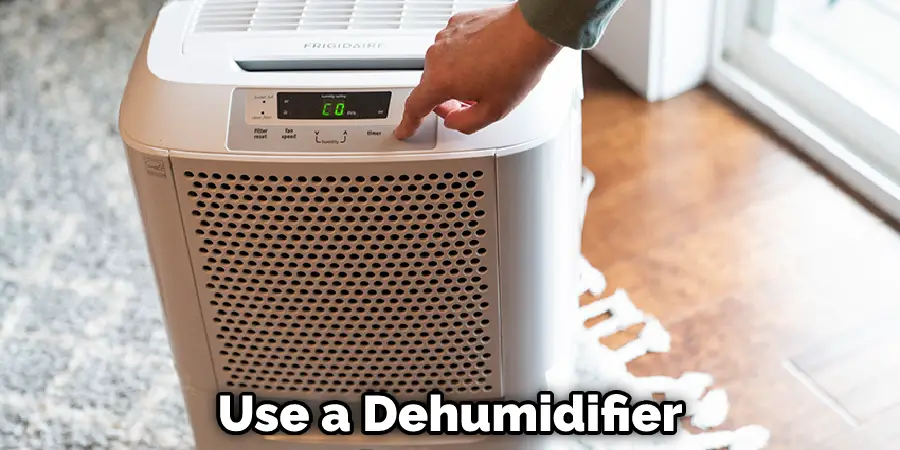
What Not to Store in the Garage
While the garage can be a convenient storage space for many items, some things should not be stored there. Here are a few items to avoid storing in the garage:
- Flammable materials: Gasoline, propane, kerosene, and other combustible materials should not be stored in the garage. They can ignite easily and create a fire hazard.
- Paint and chemicals: Paint and chemicals can release fumes that can be harmful to your health. Additionally, they can create a fire hazard if stored near heat sources.
- Food: Storing food in the garage can attract pests like rodents and insects, which can damage the food and create unsanitary conditions.
- Electronics: High humidity levels in the garage can damage electronics and cause them to malfunction. It is best to store electronics in a cool, dry place.
By avoiding storing these items in the garage, you can create a safer and more organised storage environment for your coolers and other items. Additionally, it is essential to check with your local regulations to ensure you are storing items safely and legally.
FAQs About How to Store Coolers in Garage
Where Do People Store Coolers?
People store coolers in various places depending on their living situation and the storage options available to them. Some common places to store coolers include garages, basements, closets, and sheds.
Outdoor coolers may also be stored in a covered patio or porch area. The location of cooler storage may also depend on the frequency of use, with some people opting to store coolers in a more easily accessible location such as the garage or closet. Ultimately, the best place to store coolers is in a dry and cool location, away from direct sunlight and other heat sources.
How Do You Store a Cooler When Not in Use?
To properly store a cooler when not in use, follow these steps: Empty and clean the cooler, Leave the lid open to dry, Store in a cool, dry place, Add moisture control & Protect with a cover or garbage bag.
What Should Not Be Stored in a Garage?
Items that should not be stored in a garage include propane tanks, gasoline, paint, perishable items, electronics, and important documents. These items pose safety concerns or risk potential damage from temperature or humidity fluctuations.
Conclusion
Storing coolers in the garage can be a challenge, but with the right storage solutions and environment, it is possible to create an organized and efficient storage area. By considering the type of cooler you have and the available space, you can choose a garage storage system that works best for your needs. Additionally, DIY solutions can be cost-effective and easy to install, making them a great option for anyone looking to declutter their garage.
Creating a safe and appropriate environment for storing coolers is also essential to ensure their effectiveness and longevity. By controlling the temperature, humidity, and air tightness of your garage, you can create an ideal storage environment for your coolers and other items. Finally, it is important to avoid storing flammable materials, paint, chemicals, food, and electronics in the garage to ensure a safe and organized storage space.
In summary, by following the tips and tricks outlined in this guide, you can maximize your garage space and store coolers with ease. Whether you are an avid outdoors person or just looking for ways to declutter your garage, creating an organized and efficient storage space is essential.


